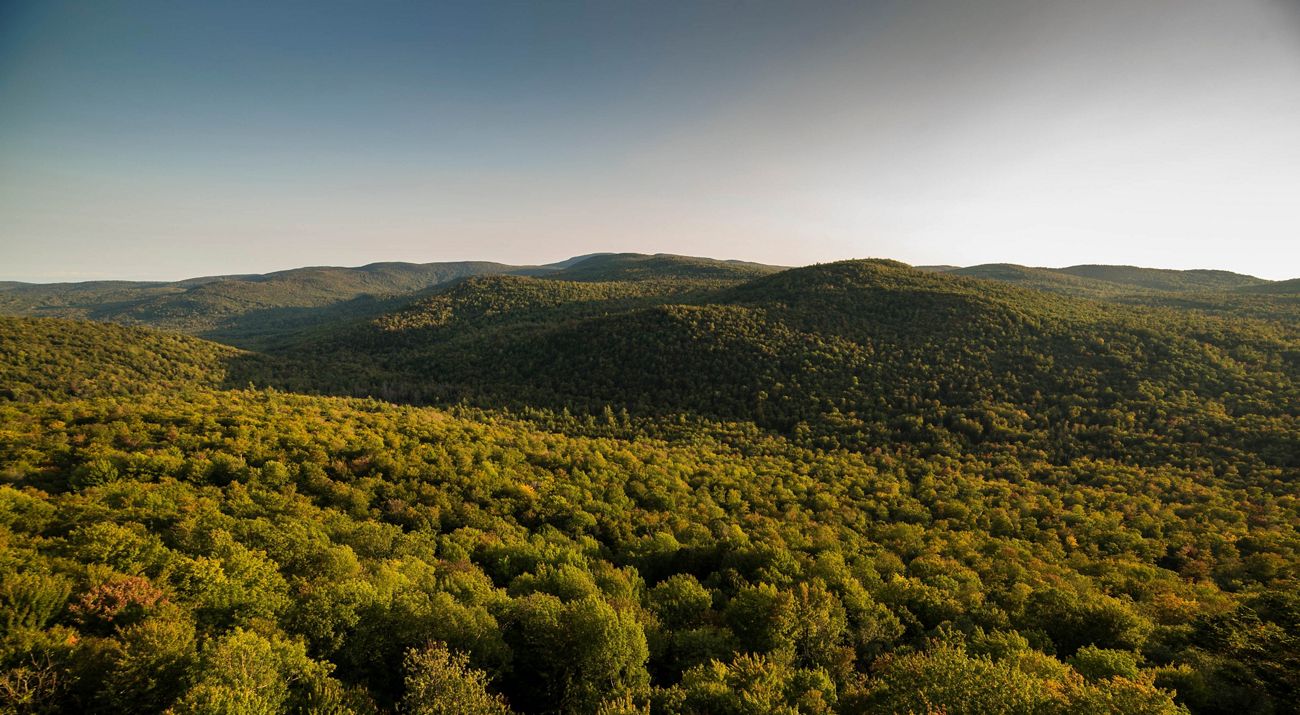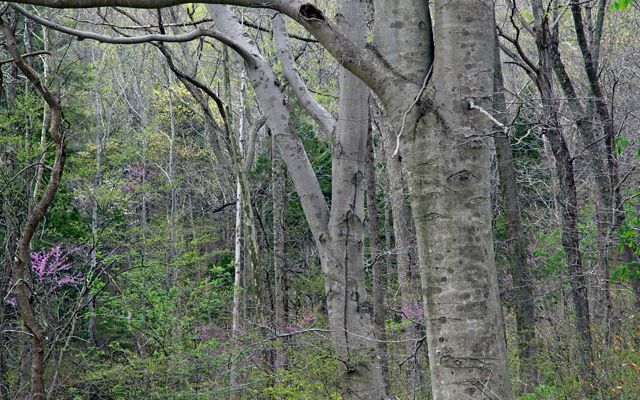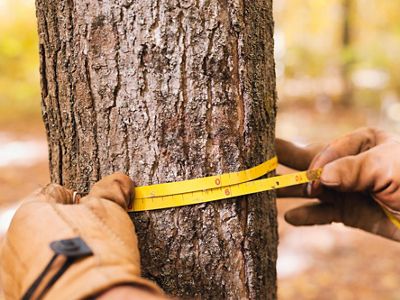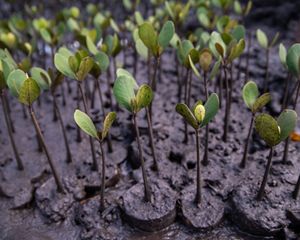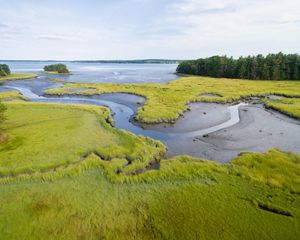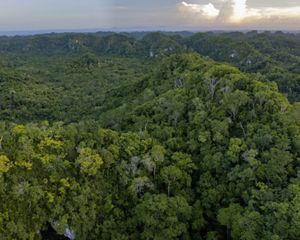Climate Action in New Hampshire
TNC is taking meaningful action to address the impacts of climate change on the Granite State.
Warmer winters and hotter summers. Extreme storms and severe drought. Invasive pests and struggling wildlife. Here in New Hampshire, and throughout the Northeast, the signs are unmistakable: our climate is changing. The average temperature has increased by two degrees over the past century. Climate action is urgently needed. However, it is also an opportunity for innovation.
By making nature a part of the solution, we can achieve a multitude of benefits for people and nature: upgrading outdated infrastructure to re-connect waterways and increase public safety, connecting communities with clean and affordable energy, protecting vital forests, rivers and drinking water, informing equitable access to natural resources, supporting healthy, livable cities and more.
How Climate Change Is Impacting New Hampshire
If heat-trapping emissions continue at the current rate, the Granite State is on track to feel more like South Carolina by 2050. Skiing and pond skating, maple syrup making and snow-covered woods—our New Hampshire winters are at risk. Some of our wildlife will vanish, too, fleeing northward in search of safe habitat, while southern species will seek refuge in New Hampshire. Relief from extreme heat in our cities and landscapes will be harder to find. Outdated, undersized, obsolete infrastructure like some road-stream crossings will increasingly endanger communities during more frequent extreme weather and floods. Our fish and other aquatic species will pay the price too. And our forest landscape will change, as trees and plants are wiped out by invasive pests or replaced by warmer-weather species.
If we don’t act now the New Hampshire we love will look and feel utterly different to the next generation. But there is hope—and it calls for us to work with nature to prepare our state for a changing climate.
Graphic of a town, water, crops and nature that outline climate change impacts: Increased CO2 in the atmosphere, increased precipitation and flood risk, more severe storms, decline of cold-adapted tree species, more extremely hot days (above 95F), reduced yields of certain crops, greater risk of algal blooms in lakes and rivers, increased risk to human health, less habitat for cold-water fish.
Climate Solutions in the Granite State
Carbon neutrality, or “net-zero” carbon emissions, is a global objective. Nature can reduce more than one-third of the emissions needed to hit this goal if countries invest in carbon-storing forests, grasslands, wetlands and farmlands. Combined with transitioning away from fossil fuels, natural climate solutions offer immediate and cost-effective ways to tackle the climate crisis—while also supporting healthy, thriving communities and ecosystems. By incorporating nature into our solutions here in New Hampshire, we can make a meaningful and lasting contribution to climate balance.
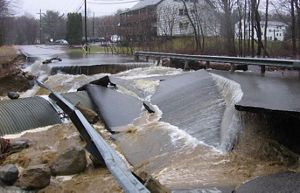
Adaptation
We're working together with partners to harness nature-based solutions and climate-friendly infrastructure to better equip our communities to adapt to a changing climate and meet conservation goals at the same time.
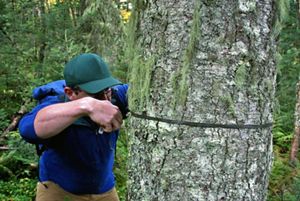
Demonstration
Our work in sustainable forest management, coastal restoration, access to greenspaces and water quality are just some of the ways we help people and nature prepare to meet the impacts of a changing climate.
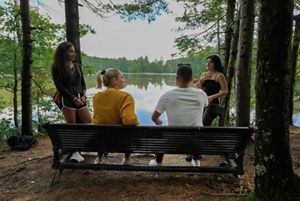
Engagement
Through listening to, and learning directly from, communities about the ways they view nature and how we can support them in preserving it, we can provide true community-centric, climate-resilient solutions to protect nature.

Leadership
TNC leads through the real-world expertise we have gained over decades of on-the-ground conservation in New Hampshire. We work collaboratively to advance science-based strategies that help Granite State communities thrive.

Partnership
Private-sector innovation is essential to meet the climate challenge. We work with leading companies and business organizations across New Hampshire to promote climate dialogue and best practices.
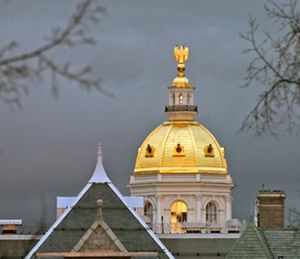
Policy
We draw on our extensive experience in natural climate solutions and public-private collaboration to provide policy leaders with science-based knowledge and impactful solutions.
Adaptation at Work: A Community Solves for Floods and Fish
Emerald Acres Cooperative has always been a tight-knit community, its 100 modest homes nestled together in the southeast corner of Barrington. “For the most part, the community is quiet,” notes Lori Wingate, who has lived here for 26 years and currently serves as Treasurer for the resident-owned cooperative. “It changes over time with a nice mix of older folks winding down in their later years to new, young folks just starting their lives.”
The cooperative is located just off Route 4, which it is linked to via Topaz Drive, a private road spanning the Oyster River that serves as the only access into and out of the community. The river passes under the road through a metal culvert which is both undersized and perched, preventing fish passage while also restricting the natural flow of the Oyster River. It also means that the road is prone to flooding during severe storm events—something that has happened to varying degrees over the years, making it dangerous for residents and, at times, completely cutting off the community. With the increasing volumes and intensity of rainfall that New Hampshire’s changing climate is experiencing, the vulnerability of undersized and aging infrastructure like the Topaz Drive culvert is a common theme across the state.
A Community Cut Off
During the Patriot’s Day floods in 2007, the road-stream crossing at Topaz Drive completely washed out, isolating the residents of Emerald Acres for several days and cutting them off from emergency services. “The flood and subsequent road washout were our first real challenges as a newly established cooperative,” remembers Lori. “We were lucky to have only been an 'island' for a week or less, but it was challenging to manage lives and help neighbors—some who were stranded inside the park if they didn't get out before the road washed out. It was quite stressful and every time there's been any chance of flooding since then, my first thought is always on the bridge and if it will wash out again. It’s like a constant fear that never really goes away.”
The year following the washout, a watershed-wide culvert assessment for the Oyster River identified the Topaz Drive crossing as the highest priority to restore fish passage in the watershed. Because while the crossing received some quick emergency repairs, it had not been re-engineered to properly address the flooding and passage issues. With Topaz Drive being owned and managed by Emerald Acres and neighboring Sterling Realty Apartments, a bridge replacement comes with a hefty price tag. "Given the nature of our community being resident-owned, any major expense outside of the normal budget must be approved by a membership," explains Lori. For decades the community sought out grants and funding to make the project happen, but it could never quite come to fruition.
Seeking Nature-Based Solutions
Building on our success partnering to reconstruct other road-stream crossings in the seacoast, TNC saw an opportunity to help a community in need while also harnessing nature-based solutions to help our state adapt aging infrastructure to prepare for a changing climate and meet conservation goals. By replacing the undersized culvert with a new, 50-foot bridge, the Oyster River can flow more freely, especially during major storm events. The replacement also opens up five miles of river habitat to fish species like American brook lamprey, American eel, and Eastern brook trout and restores wildlife passage for Blanding’s turtle, spotted turtle and other terrestrial critters.
Together with financial support from Emerald Acres and Sterling Realty, we were able to secure all of the funding required to make the project happen, obtain permits and coordinate the project alongside our key partners at New Hampshire Fish and Game and the New Hampshire Department of Environmental Services. Critical funds were also provided by the New Hampshire State Conservation Committee Conservation Moose Plate Grant Program, the Department of Environmental Services Aquatic Resource Mitigation Fund and the Watershed Assistance Grants program. Construction began in August and was truly a local affair: engineering was done by Streamworks of Madbury and the bridge was built and installed by Hansen Bridge, LLC of Springfield, New Hampshire using locally-sourced wood for the decking.
The new bridge opened to traffic in November, providing residents with safe, reliable passage with a free-flowing Oyster River running beneath it. Lori is thrilled with the long-awaited outcome. "I'm hopeful the project will achieve the desired result with regard to fish movement,” she reflects. “For me personally, I will rest easy knowing that we no longer have looming over our collective heads the fear of a bridge washout. I feel like I've played a part in making sure future members will not have to worry about this long after I move out."
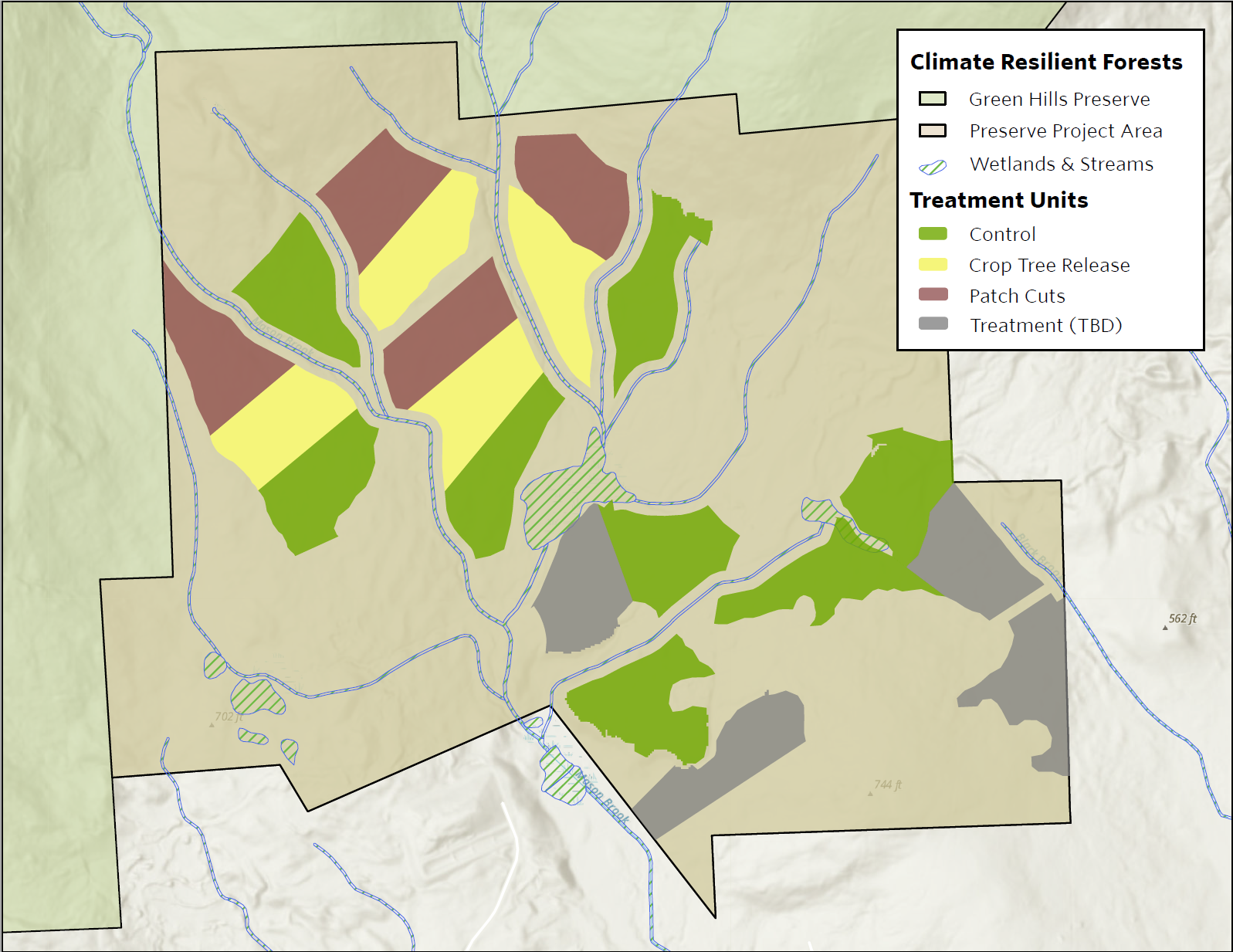
Demonstration at Work: Shaping Our Forest's Future
To some, harvesting trees in order to make a forest healthier may feel counter-intuitive, but much like other active stewardship practices that can sometimes look puzzling at first glance—like controlled burns, invasive species management, and adding wood to streams for fish habitat—this practice can be hugely beneficial and can help increase forest resilience and support wildlife. At the Green Hills Preserve, we’re working with the University of Vermont and New Hampshire Fish & Game to design strategies to help this beech-dominated forest become more diverse and prepared to thrive in a changing climate.
Under certain conditions, beech trees are highly competitive, often out-competing other species that require more sunlight to grow, like oak and pine. To give the other trees a chance, we’re trying two approaches. The first is creating forest openings between 3-5 acres where we’ll remove most of the trees to allow ample sunlight that can help species less tolerant of shade get established. We’ll also plant additional species that are predicted to be well-suited to future climate conditions. The second approach involves giving existing, healthy trees a boost: When we find a thriving non-beech tree in the canopy, we’ll cut around it so it can grow bigger and healthier.
While we’re taking an active approach in certain places, we’ll continue to maintain areas of older forest, which will allow us to see differences in how the forest responds. In areas where we cut, we’ll also leave legacy features like large old trees to create a diversity of ages and forest conditions. By encouraging a variety of species and ages, we’re also creating more diverse habitat that can accommodate a variety of different wildlife.
As our climate changes and forest pests and pathogens expand their ranges and move northward, our Climate Resilient Forest Project work is more important than ever. By making room for other species that are resistant to different diseases or adapted to changing forest conditions, we can better position our forests to thrive in future climates where a forest dominated by a single species could be disadvantaged. With careful planning—and some sunshine—we can create healthier forests that can survive the coming challenges.
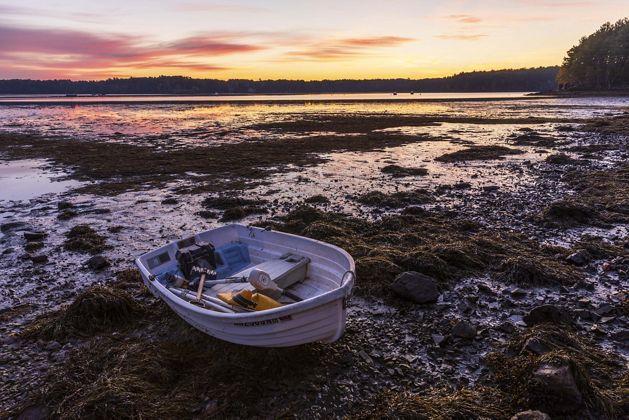
Stay Connected to Our Work
Sign up to receive monthly conservation news and updates from New Hampshire.
